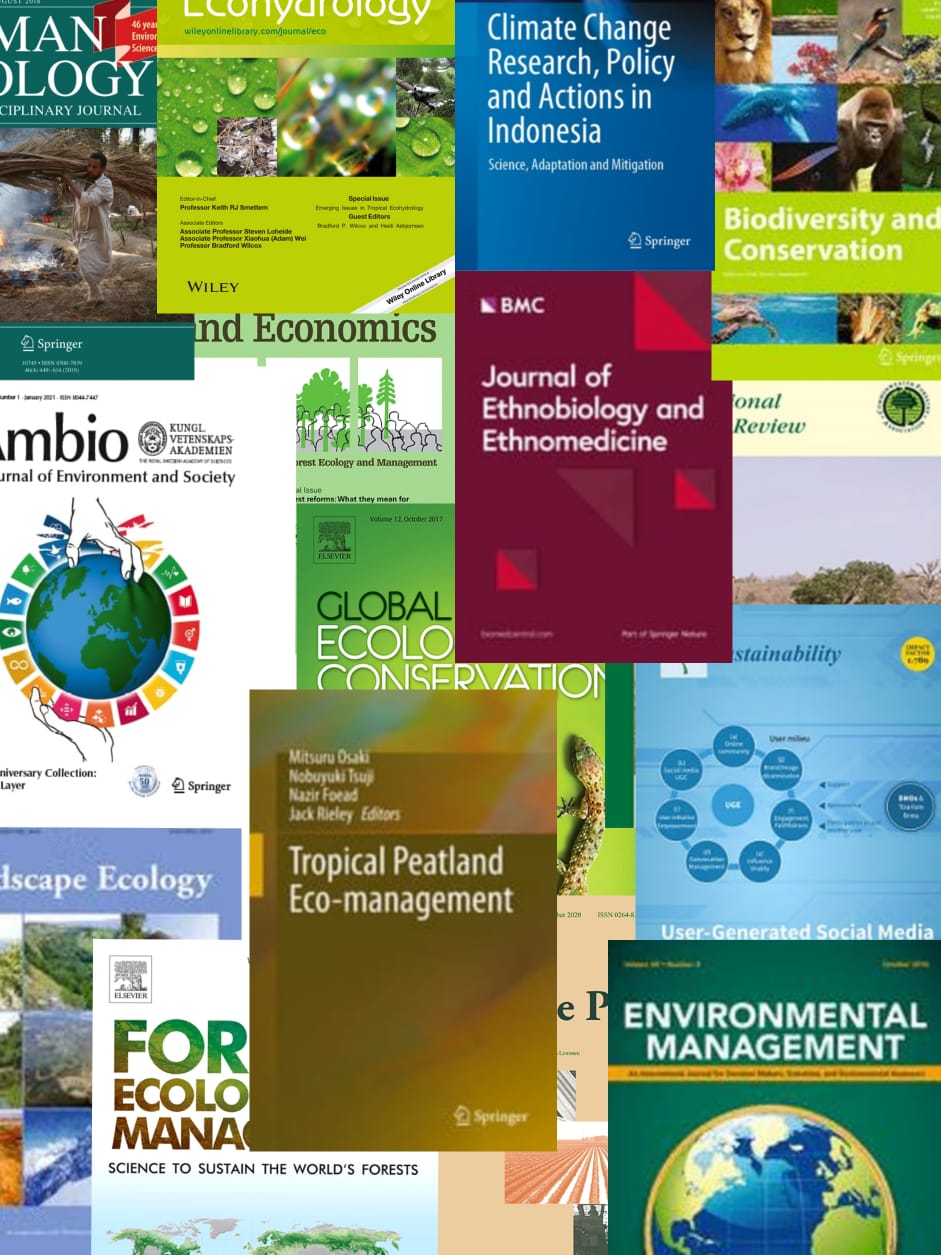Bushfires can cause widespread air pollution through the emission of high levels of toxic air contaminants that affect the health of surrounding communities. This review of studies that have evaluated the health impacts of bushfires in North America, Australia and South-East Asia shows that the primary pollutant consistently exceeding air quality guidelines is particulate matter. Elevated levels of respirable particles are likely to be the major cause of the higher number of hospital visits and admissions for respiratory and/or cardiovascular treatment, increased mortality, and elevated respiratory-related symptoms that were observed in communities after major bushfire events. Morbidity effects were found to be mostly short-lived and reversible after exposure ceased, and were more prevalent among susceptible groups such as asthmatics, children, the elderly, and people with pre-existing respiratory and/or cardiac illnesses. Implications of such exposures to the Australian population will be discussed in relation to existing (urban) air quality measures and options for community response to bushfire events.
View source

